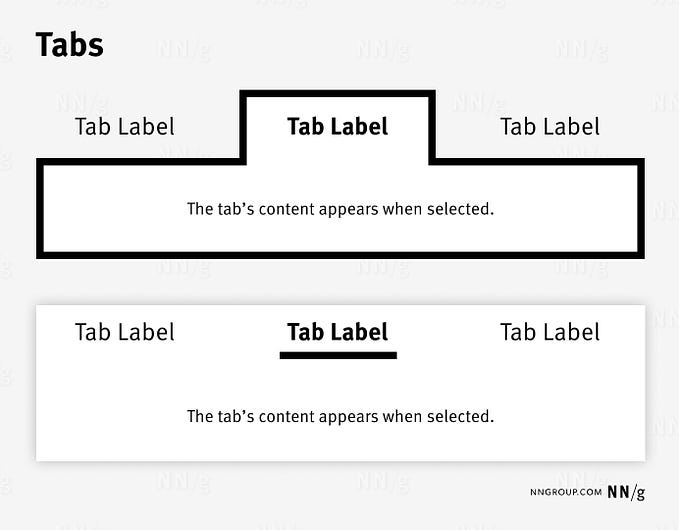Member-only story
Usability heuristics in game design
Defined by the ‘king of usability’ Jakob Nielsen, the ten heuristics are broad principles underpinning excellent user experience. While they’re typically discussed in the context of digital interfaces, these heuristics are relevant for all aspects of interaction design, including games.
In this article, I will review each of the ten usability heuristics and discuss some interesting examples of applying or deliberately breaking these rules in both computer games and boardgames.
Let’s get started!
1. Visibility of system status
The design should always keep users informed about what is going on, through appropriate feedback within a reasonable amount of time.
Accurate system feedback is paramount for games with complex interaction patterns, as getting lost quickly sucks out the fun from most games. This covers both the system mapping (understanding your place in relation to other players and/or game objectives), as well as interaction feedback (the impact of your immediate actions on the system).
A neat example of a small scale interaction feedback is a character mood chart in Spiritfarer. As you interact with the passengers on your ship, you get immediate feedback on the impact of your actions on their mood. Overtime, this enables you to know each guest’s personality traits and preferences, so you can keep their spirits up.

On the other hand, there are games whose thrill is largely reliant on hiding the system status. Multiplayer card games often encourage players to intentionally mislead others about the impact of their action. They may deliberately take seemingly disadvantageous steps to gives a false impression about the value of their hand until the final reveal.
2. Match between system and the real world
The design should speak the users’ language. Use words, phrases, and concepts familiar to the user, rather than internal jargon. Follow real-world conventions, making information appear in a natural and logical order.








